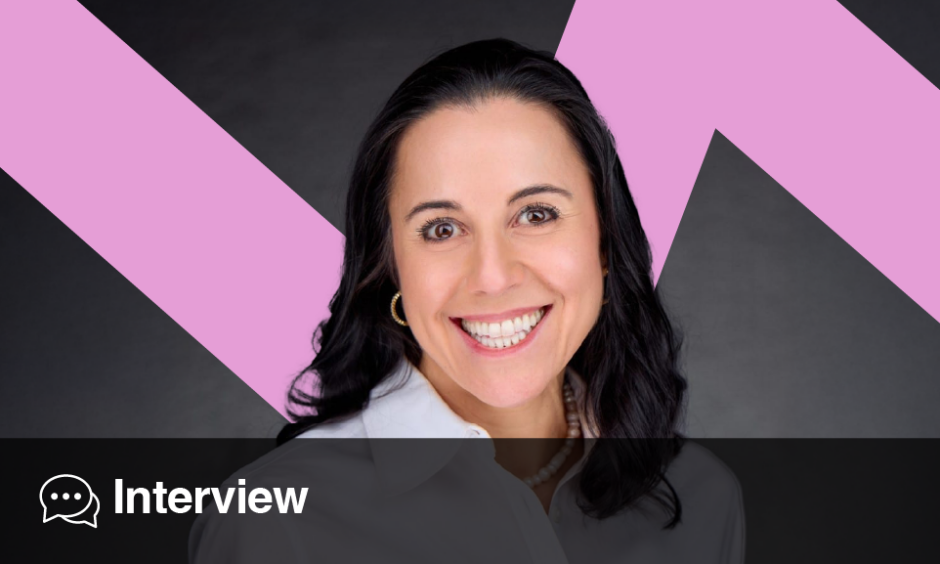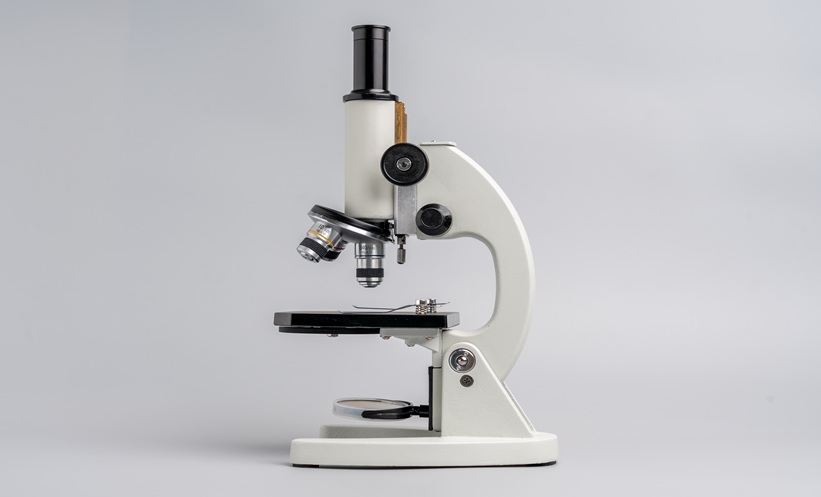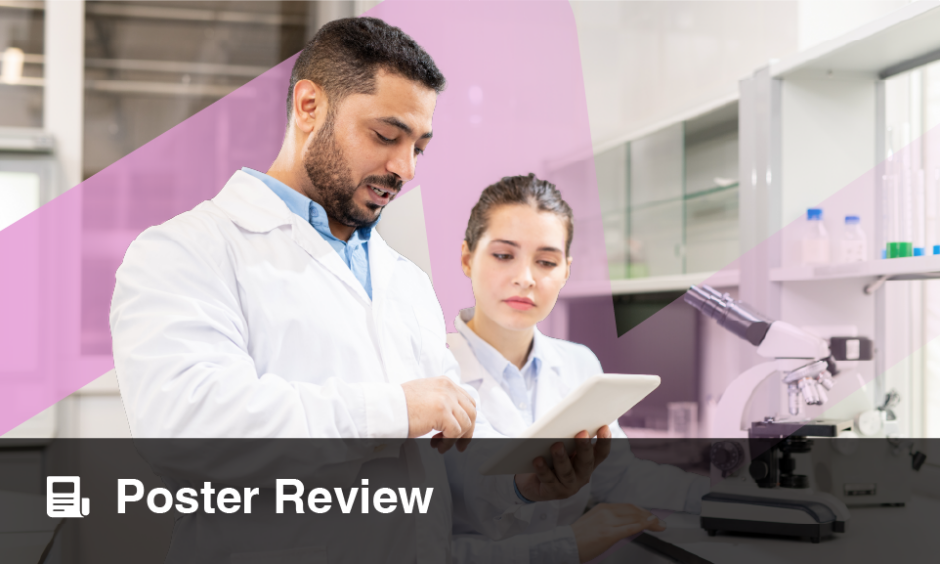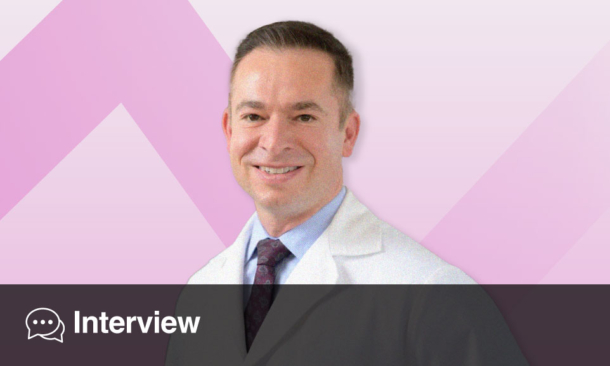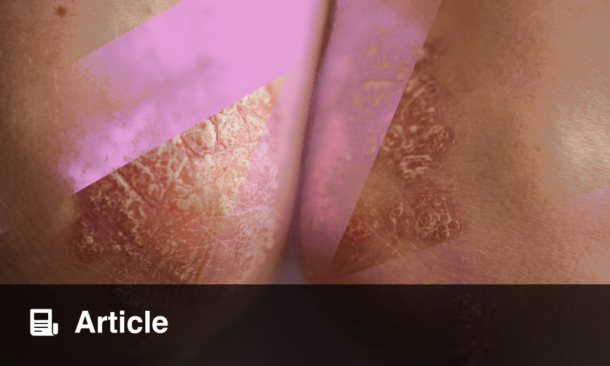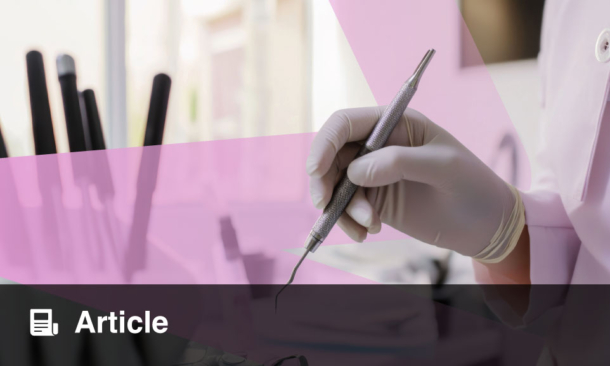Lindsay Ackerman | Nominating Committee Member, American Academy of Dermatology (AAD); Chief of Dermatology, Banner University Medical Center Phoenix; President, Medical Dermatology Specialists Phoenix, Arizona, USA
Citation: Dermatol AMJ. 2025; https://doi.org/10.33590/dermatolamj/IXZC3701.![]()
Given the promising results of upadacitinib in your recent Phase II trial, what do you think are the key challenges in translating these findings to broader clinical practice, particularly regarding long-term efficacy and safety in the hidradenitis suppurativa (HS) patient population?
It’s phenomenally satisfying to see the investments that the industry has made in trying to continue to move the needle forward in the science of treating HS. It is an incredibly, incredibly burdensome disease, oftentimes a disease that patients will say is “unlivable”. The onus is on all of us from every angle of healthcare to try to figure out how best to manage this population. It is anything but simple. The challenges arise from there being a sort of alphabet soup of different cytokines and inflammatory mediators that are driving critical pathways that influence the physiology and outcomes of HS. One problem that’s well understood by those of us in the clinical world is that not every patient with HS responds like another, and sometimes you’ll have a particular therapy that works brilliantly well on its own for one but sort of doesn’t touch another. Many patients with more advanced disease may need multi-modal therapy. However, specifically relating to your question with regard to upadacitinib in Phase II, I think that there were really reassuring findings, specifically in the population of patients that had failed anti-TNF therapy, which give us reason to believe, both from the foundation in science and from the clinical experience in the patient population in Phase II, that upadacitinib may be a really good treatment option for these particular patients.
To my knowledge, to date, upadacitinib is approved for eight indications in the USA and down to the age of 2 years in two indications. And to my knowledge, in our Phase II trial, in HS, there were no new safety signals, which is again really remarkable and reassuring when it comes to treating this patient population, because this is oftentimes going to be a long ride for them. This isn’t something that’ll be over and done quickly.
How are advancements in our understanding of HS pathogenesis, particularly regarding biomarkers and genetic factors, contributing to the development of more personalized biologic therapies?
I can say that I don’t believe we are there yet, but this is an extraordinarily critical piece of the equation, in my mind, that will really be the next iteration of the way we treat patients. Certainly, I think it could even be the next iteration of the way we develop our pharmacologic interventions. Patients, again, with HS are anything but exactly the same from person to person. If we can find specific biomarkers that we can measure genetic components to the equation of their inflammation, it may be absolutely game-changing in taking us from a place where we have to go from one therapeutic option to trialing another therapeutic option, oftentimes trying many before we land on something that might work well, to narrowing that timeframe substantially, and maybe even just giving us a near complete direction on which angle we need to take in modifying one’s disease activity in HS by utilizing biomarkers and genetics. I see this as an incredibly promising part of the future of HS treatment.
Your commitment to dermatology extends beyond practice, with roles such as the Women’s Dermatologic Society (WDS) Ethics Committee member and your leadership in state and national dermatology organizations. How important is it for dermatologists to get involved in these associations, and what can they do to help drive positive change within the specialty?
I can say that it is a part of my life that I enjoy thoroughly, and in actuality, I probably even enjoy my clinical work more because of the advocacy work that I am involved in. I’ve been involved in various different levels, as you’ve mentioned, of several different organizations throughout my career, from the American Academy of Dermatology (AAD) to the Dermatology Foundation, the WDS, the Arizona Medical Association (AMA), and many others. I think it’s an incredibly satisfying part of the work that I do in dermatology to make sure that the work I do within my practice extends well beyond just those four walls to help patients near and far, to know that I’m supporting the future of our precious specialty in dermatology. We are so fortunate to be able to have a tremendously important skill set and a knowledge base where we get to help patients every day, and the work that I do beyond the four walls of my practice, in advocacy, is to cement that we as dermatologists are at the table with regard to decision making as to future opportunities for our specialty, and the patients we treat. These issues span from Medicare reimbursement reform to scope of practice, to truth in advertising, all things that are critical to making sure that patients get the best of care, and transparent care. All of it feels like it’s a critical part of the work that I do. I would say that not everybody is able to find the time, but for many of these organizations, even just by being a member you get to amplify the voice of the institution itself. I want to remind my peers to never shy away from joining one or more of these advocacy organizations if you believe in their cause, because just your membership dues alone will actually help to service their mission statement.
As an educator, what do you hope to instill in the next generation of dermatologists?
That’s, I think, really a precious question to ask, thank you for doing so. I will say that you can always teach the science of medicine. There will be an indefinite supply of resources that our younger generation of dermatologists are incredibly efficient at obtaining. They are good at “resource utilization”. Where I like to uniquely come into the equation in education is that I like to mentor by inspiring those who come behind me to really understand the value of the work we do, and the relationships we share with our patients in doing it. There are many times when I’ll walk into a room and it’s just joyful for me to see someone that I haven’t seen in 6 months. Maybe even we share a lovely, warm embrace. More than anything, I think that when we recognize that we can play such an important role in someone’s greatest asset, their health, it doesn’t become mundane and routine, and sometimes, for lack of a better term, “old”. It’s always an exciting and feel-good moment to walk into an exam room over and over again during our busy clinical days and realize they’re looking to us for something. Our patients are with us to ask a question that’s really important to them.
They’re there to have some need met, and we are gifted with the skill set that can do it. Sometimes it might be something that we consider somewhat trivial in the overall scope of healthcare, but one of the neatest parts of dermatology is you never know what’s behind ‘Door number 2’. You might just be walking into someone who has a new onset rash, and you’re diagnosing lymphoma, or you’re going to diagnose from that rash that they’re at risk of a bone marrow problem, or a lung cancer, or something else that could be really critical to understand. So, what I want to instill in the next generation of dermatologists is this compelling idea that there’s always something before you that makes it worth your time and that really should give you a tremendous amount of fulfillment in the career choice that you’ve made. Trying to keep the momentum behind them and allow them to take the trajectory of their career into a place of positivity, rather than, “I’m worrying about how many vacation days I’m going to get next year in my contract,” or “I don’t want to see too many of this type of exam with hair loss on my schedule anymore.” It’s like a refocus on what they’re doing with their day, why, and how cool it really is to be a dermatologist. If they can feel that, then they’re going to have a much more fulfilling career than they would if they were caught in the weeds of what their salary renegotiation is going to look like, or where they are going on their next vacation.
Congratulations on the launch of your new online medical docuseries, “Skintellagent with Dr. Lindsay Ackerman”. What can you tell us about this new venture and what do you aim to achieve?
“Skintellagent with Dr. Lindsay Ackerman” is a new medical docuseries that I have executive produced and am extraordinarily excited to have launched recently on YouTube.1 The entire purpose of this medical docuseries is to undress what dermatology really is, who we serve, and how skin is often an incredible window to consequential internal pathology. We, as dermatologists, have been given a skill set that allows us to really read the tea leaves. We can look at skin eruptions of various sizes, shapes, colors, and distributions, and from that alone, we can know that it’s imperative we start working our patient up for a bone marrow malignancy, or fungal pneumonia, or metastatic breast cancer, or, well, you name it. I think that we have been given, in dermatology, a tremendous amount of visibility in the public eye. That is to say, there have been a number of platforms that have capitalized on the economy-of-interest in “all things skin-related”. However, the dialog has been so utterly focused on cosmetic dermatology, and on things within the scope of what we do that are very skin surface-limited, that we have lost our standing in the House of Medicine as a subspecialty of medicine that deals with critically important diseases. My aim is to touch patients far and wide. I would love to change the public perception of dermatology from our position in the House of Medicine, to the opinion of our legislators and payers who make the rules that we have to play by. And, ultimately, I really hope that I can change what I see as a critical problem in the medical dermatology physician pipeline. I love it all, and I do it all. But by glamorizing that part of our dermatology specialty so much, we must remain vigilant that we don’t find ourselves leaving behind our most vulnerable patients. That is what “Skintellagent with Dr. Lindsay Ackerman” is out to change. I want to educate, and I want to make complex medical dermatology “sexy” again.
What were the most exciting trends or developments in dermatology that you were a part of at AAD Congress, and how will they impact patient outcomes?
Health equity continues to be a focus of many organizations and many biopharmaceutical companies that are intent on ensuring that, within dermatology, we continue to increase the scope of visibility of diseases that arise more frequently in patients with skin of color, and that we have education of the presentation of the entire array of dermatologic findings in various skin types. We also must remain vigilant that we are enrolling a broad array of demographics, and skin tones, into clinical trials. All of that gives me tremendous joy to see.
I was the producer of new medical peer-to-peer educational video content for L’Oreal Dermatological Beauty, “Derm Detective: Demystifying Dermatology with Dr. Lindsay Ackerman”, on their site, which is a site for healthcare providers of any type. I think there are about 225,000 US subscribers to this content on their website,2 where we are describing, in a peer-to-peer masterclass style, certain diseases of major consequence in dermatology. We launched six episodes on their website, and that was an exciting thing for all of us. I think that will impact patient outcomes favorably because we will be reaching providers of all different levels of training and all different specialties to better understand from both the patient perspective, and physician perspective, both the experience of living with disease and working through it, to the details surrounding pathophysiology, diagnosis, and treatments.
I was also part of the hospital consultative dermatology session on the last Monday of AAD, where I was able to speak to a room full of interested dermatologists and provide details about how I provide consultative care in the inpatient setting, as an outpatient dermatologist running a medical practice. Essentially, how we make hospital consults both efficient and effective for patients.
Exciting scientific trends we continue to see include an explosion of the implementation of JAK inhibitors and targeted, specific immunomodulators in the treatment of chronic autoimmune and autoinflammatory diseases within dermatology, which is, in the world within which I work, so incredibly satisfying to see that this work continues to dive deeper and deeper, yielding better and better outcomes for our most challenging patients to treat.
What sessions or updates did you find most surprising at AAD 2025?
“Allies and Bystanders” was a great session. It gave insight into objective analyses surrounding harassment in the workplace. It was very eye-opening and also saddening at the same time. As a woman in medicine, unfortunately, I’m one of many who still feel, at times, as though we are treated unfairly. That, through scientifically validated data, is something that happens across many different aspects of healthcare delivery, whether that’s from our corporate leaders, colleagues, or patients. It might be that it’s happening in ways that are totally unintentional, especially by patients. But, for example, calling a female physician by her first name, rather than “Dr. Ackerman”, or making a comment that’s supposed to be a compliment about one’s physical appearance, but doing so in a way that really is not professional or appropriate during a physical examination. I honestly had felt a little bit more alone going through those experiences, prior to the session. Now I realize, unfortunately, I am anything but alone. However, the session did offer some quality examples and tips on ways to handle this type of harassment, whether you are the one being harassed or if you are a bystander bearing witness. I’m really glad I attended that session. It was empowering and validating.
What did you most enjoy about being at AAD 2025?
I always get so much out of the camaraderie of seeing so many friends from all over the country who are all equally engaged and excited about the privilege of what we get to do. My colleagues and friends are genuinely interested in learning, interested in helping to promote the science of dermatology, and helping to treat the breadth of what we need to do to meet the needs of our patients. Networking with all of them, to me, is always really enjoyable and comparable to the satisfaction I get from attending the scientific lectures.

